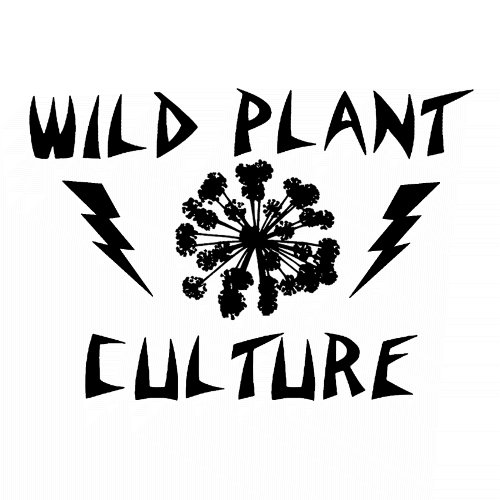Seedling Season

When I open the greenhouse doors, I always walk over to the propagation flats first.
How are my babies doing? Who new is germinating since I was here last?
Purple milkweed, about 200 up... Lupines, putting on true leaves, little fuzzy stars... wild geranium, with little cleft cotyledons... rose pinks—is that you? I can’t wait to tell Rachel!
Seed germination is my favorite part of having a nursery, and springtime is like “the holidays” for me… always a new present waiting to surprise me.
Our plants are wild species, and some have very little history as “domesticated” nursery stock. Not to imply that no one has ever grown them from seed before, but… there’s nowhere near the information, tradition, and collective experience that we benefit from when we grow tomatoes or cucumbers. So there are always some unknowns involved when it comes to propagation season.
We grow locally adapted native plants—that is, species indigenous to our area, grown from seed we collect primarily in New Jersey, with some collections in nearby eastern Pennsylvania and a few northern species from the Catskills where our family has a cabin.
There are some important ecological reasons why “local provenance” native plants are the ideal. Plants from locally collected seed are adapted to our soils, climate, and share mutualisms with local wildlife. Non-local seed—even of a locally indigenous species, but collected hundreds of miles away—can spell failure for individual plantings and can cause adverse genetic effects among nearby wild populations of that species.
For this reason, our availability list always specifies the provenance of the plants we sell, and also contains information about the genetic diversity of the parent population we’ve propagated from. This latter bit of detail is mainly relevant for our ecological restoration clients, who may be looking to re-establish a genetically robust population in a natural area, a population that might persist and breed for decades or centuries.
But, in all candor, it’s not just for scientific reasons that we grow our plants from local seeds. It’s more personal and emotional.
The plants that we grow are our neighbors, our companions on long hikes, sometimes our food and medicine. Many of them are suffering from the ill effects of deer overabundance, degraded soils, lack of pollinators, and other contemporary woes. They’re having trouble reproducing—the forest is without children—and their habitats are shrinking.
So we collect their seeds, bring them into “temporary domestication” and hope that those who purchase them from us will be good caretakers, so our plant companions can re-establish themselves and flourish.

Baby wild leeks (Allium tricoccum)
